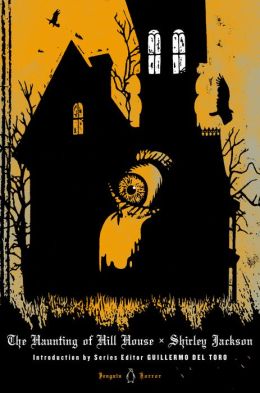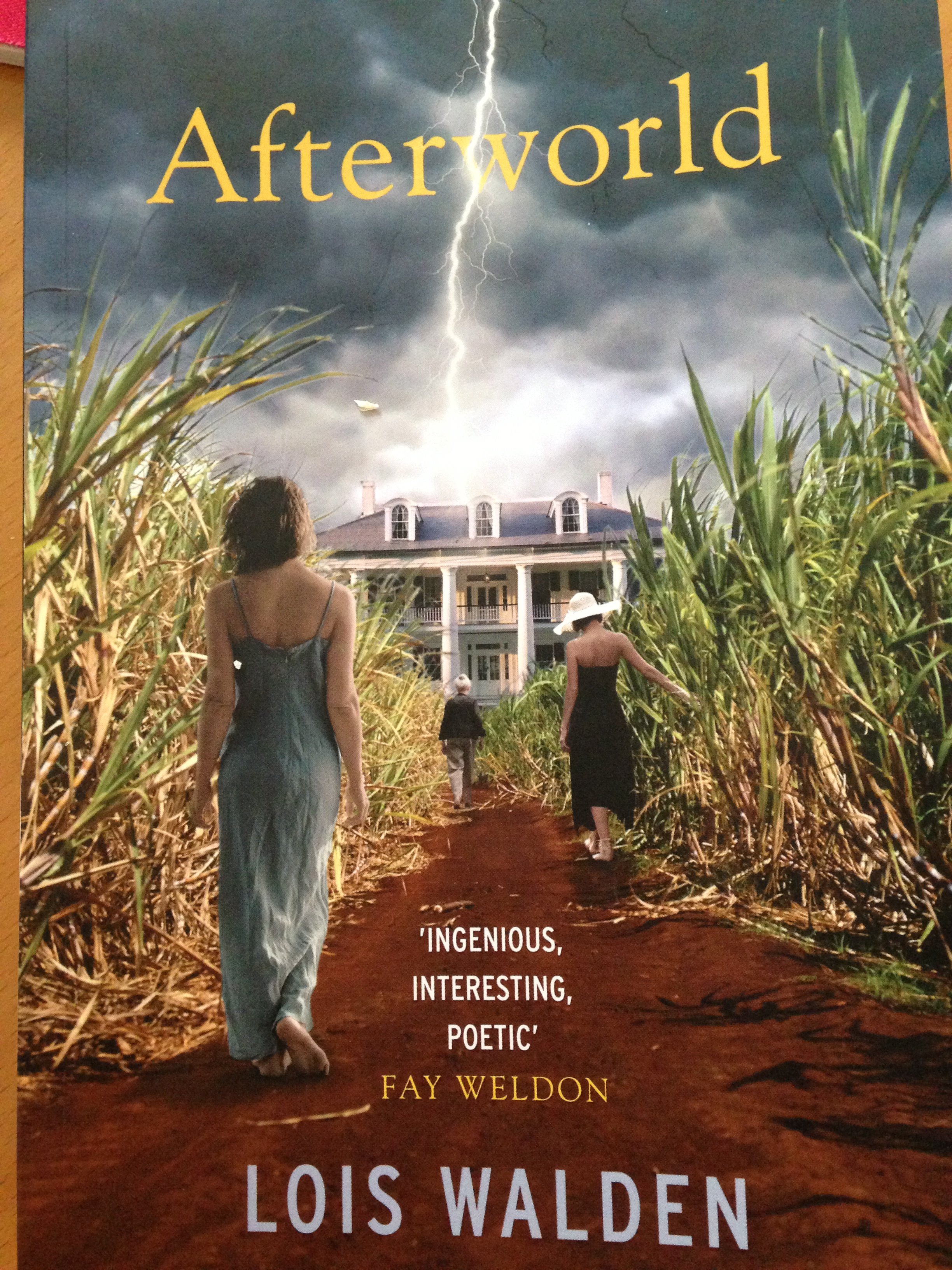Reviewing Shirley Jackson’s classic haunted house story The Haunting on Hill House seems a little seasonally inappropriate for the beginning of the New Year, but I’m going to go ahead and talk about it anyway, especially since it’s often not talked about as a queer / lesbian book, which is a shame, I think.
I read this book, or rather, listened to the audiobook version in late October. Even if you’re a bit wimpy like I am, I suggest both this format and season, because they’re just such a great fit. Bernadette Dunne, the voice actress who reads the novel, is just brilliant and chilling and does a great job embodying the different characters and voices. And of course, around Halloween is always the best time to read scary stories.
Published in 1959, The Haunting on Hill House is considered by many to be the perfect haunted house story, as Shirley Jackson is considered a master of the gothic genre. I couldn’t agree more. Jackson employs perfect restraint, allowing the horror to remain psychological and mysterious and just out of reach. Like in the masterful near-perfect Turn of the Screw by Henry James, you never quite know what it exactly happening, if it’s in the minds of the characters or an evil actually residing in the house. Jackson’s writing is similarly restrained and lean, but incredibly muscular.
The story itself is simple enough: four strangers gather at a house with a haunted reputation, one of them an academic of the paranormal, with the intent of discovering if the house is indeed haunted and of capturing some evidence of this. It’s a self-consciously contrived situation, full of ironically witter banter between the characters who have been thrust into this unnatural relationship, living together in some kind of odd instant family.
Wait, what’s the lesbian part, you’re probably wondering? Remember, this book was written in the fifties era of censorship, where any explicit queerness was a sure-fire way to not have your book published or heavily edited (you know, the lesbian has to die / be left by her treacherous bisexual partner for a man, etc., in order to make sure they’re not condoning the ‘homosexual lifestyle’). So the lesbian part of this book definitely falls into the category of subtext.
But even to the 21st century eye, this subtext is quite obviously not accidental. In fact, I think it’s quite clearly coded. Theodora, one of the investigators at the house, agrees to come stay at the house in the middle of nowhere because of a fight with her ‘roommate’ that sounds an awful lot like a lover’s quarrel. The other woman at the house, Eleanor, forms a quick and emotionally charged bond with Theodora that is not unlike a crush. The former owner of the house is an old spinster who had a woman from the village staying with her as a ‘companion.’ In other words, the house is pretty gay. I’d wager to say, actually, that one theory for what’s so scary in the house for Eleanor in particular is the possibilities of (queer) sexuality.
Although by today’s standards this book isn’t really that scary, I would caution you about reading (or listening to) this alone at night in a big old house. Like I did. Also, I will freely admit Jackson’s novel made me hesitant to venture into my dingy basement to do laundry. Just sayin’.
Casey, aka the Canadian lesbrarian, is a bisexual writer with an MA in English who lives in Vancouver. When not reading queer Canadian lit or reviewing it, she’s teaching ESL, running, or drinking tea. But not at the same time. Find her on twitter.



